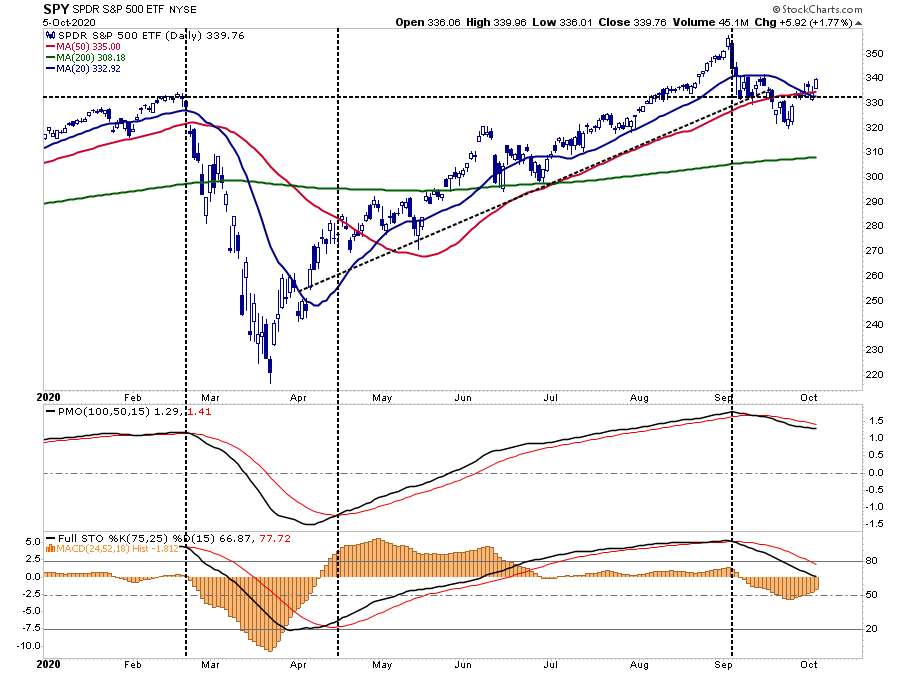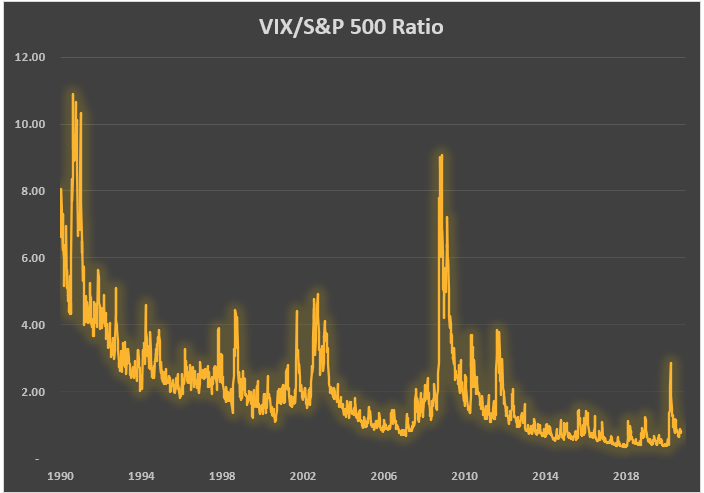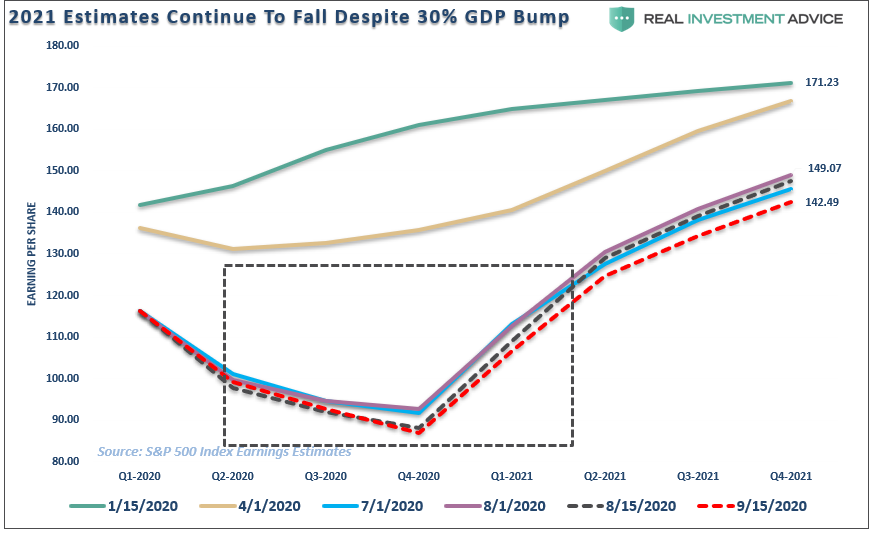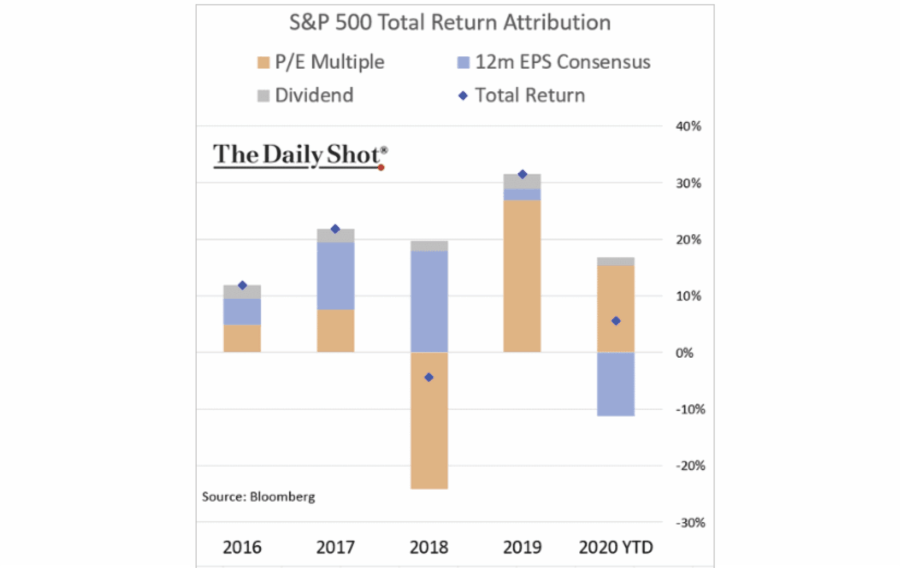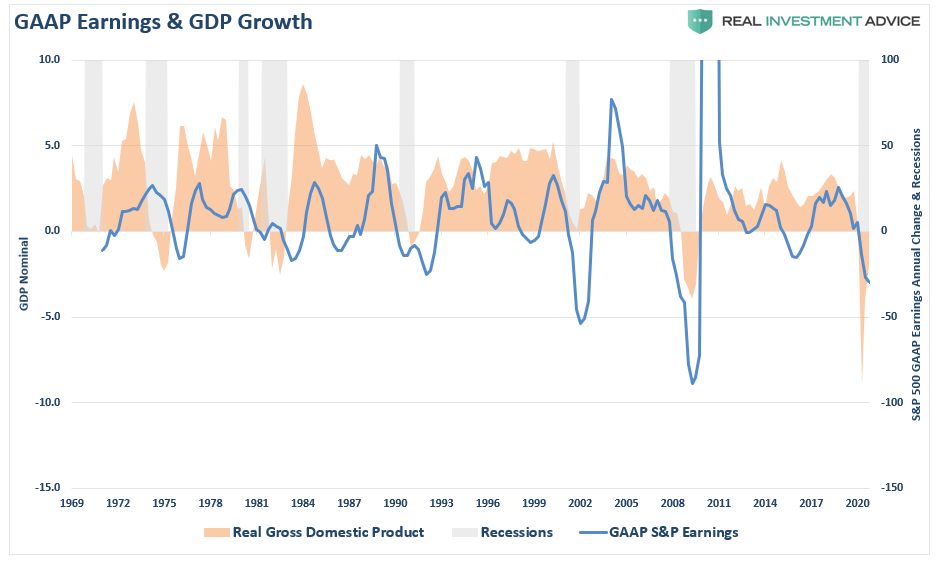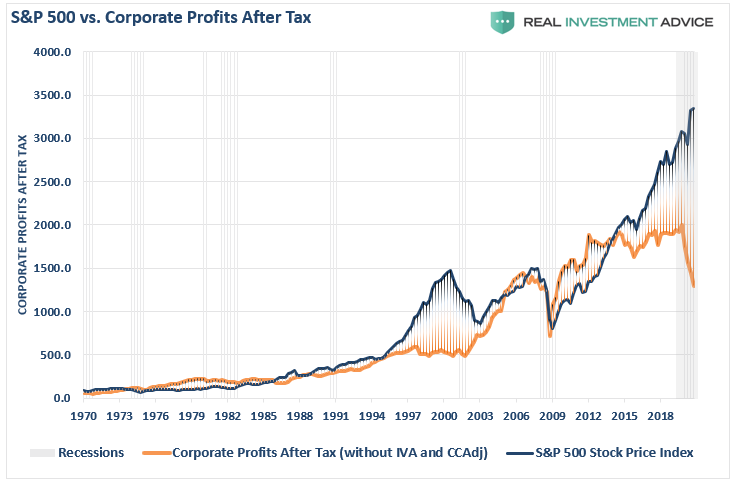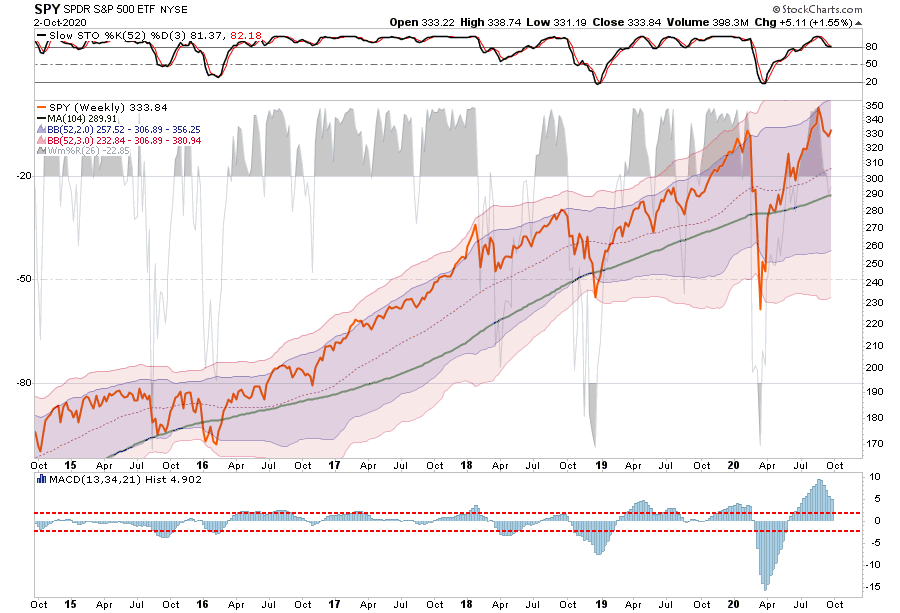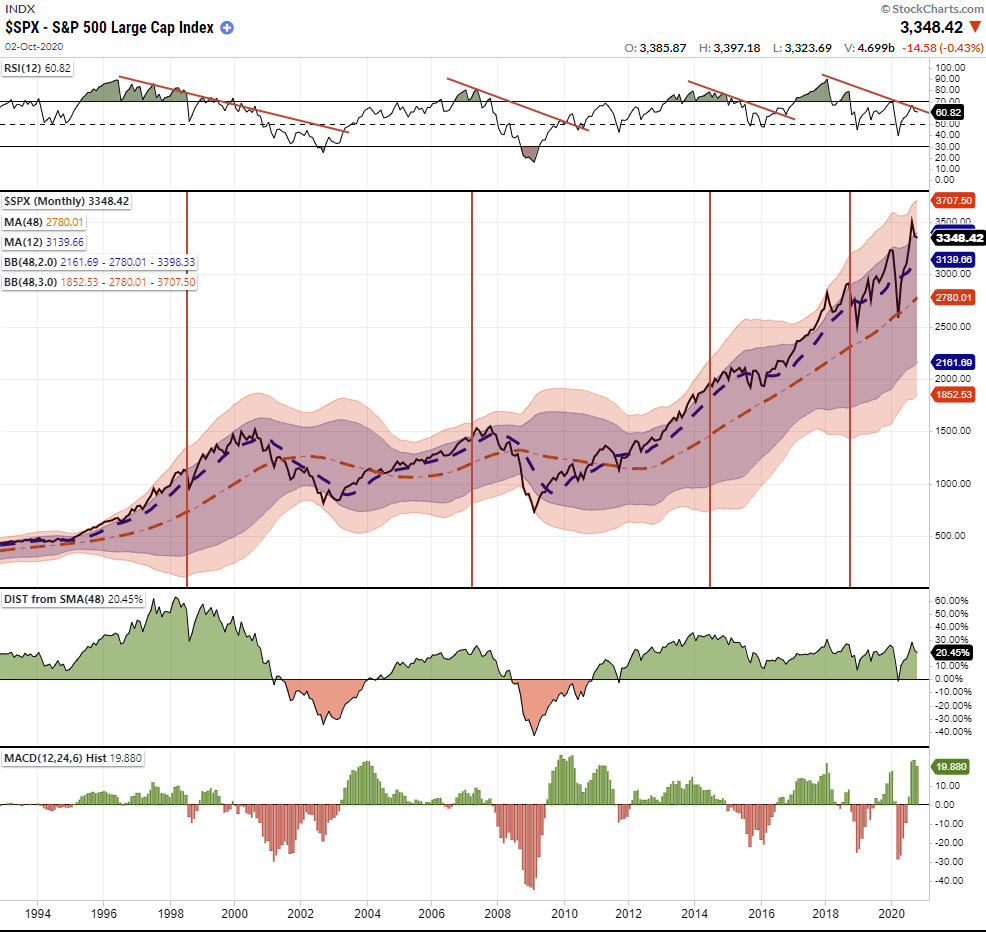In this past weekend’s missive “Trump Infects Markets Bounce,” we discussed even though the market had bounced off support, we still consider it a “sellable rally,” for now. The comment generated quite a few emails, mainly since we also discussed that markets are generally positive in election years. To wit:
“Lance, I am confused. On one hand you say that investors should use any near-term rally to rebalance risks. But then discuss how markets tend to be positive the majority of the time during election years. I am not sure what to do.” – KC
It’s a great question that drives to the heart of our risk management process.
Let’s start with our comment from the newsletter:
“Notably, while the rally that we have witnessed from the recent lows has eaten up a fair bit of the previous oversold condition, the MACD “buy signal” was triggered on Friday.
Such suggests that we could see some additional buying next week. However, again, with the failure at the 50-dma, such means continuing to use rallies to rebalance risks accordingly.”
Chart updated through Monday’s close.
The good news is that we did indeed see a spurt of “additional buying” on Monday, which allowed the market to clear the 50-dma. Such puts the previous September highs back within the context of the rally that started two weeks ago.
The bad news is that investors chased the market on “hopes” for further stimulus and a “Biden” victory during the upcoming election. There is a reasonable probability that one or both of those outcomes will not occur.
Lastly, as shown below, while the very short-term technicals are bullish, the intermediate-term measures have not reversed yet. Such could limit upside potential from current levels.
Conflicting Information
If we break down the commentary and charts into critical points, we can gain some clarity.
- The market broke above resistance (bullish)
- MACD has crossed positively, issuing a “buy signal.” (bullish)
- The market broke above the 50-dma. (bullish)
- The overall trend from the September highs is negative (bearish)
- MACD is back to overbought (neutral to bearish)
- Intermediate-term “sell-signals” still firm (bearish)
Notably, the markets have returned to more neutral territory, and as noted previously, the correction has been orderly.
“Over the last couple of weeks, we have been discussing the ongoing market correction. As shown below, the sell-off has been orderly and not one of a ‘panic’ induced decline.“ – The Selloff Is Overdone,
So, why do we think this is still a “sellable rally?”
In the short-term, we remain “bullish-biased” in portfolios. However, there are several significant concerns we have over the intermediate to long-term.
Psychology:
Despite the recent correction, volatility remains hugely suppressed. “Over-confidence” by investors in the market is a “contrarian” indicator we watch closely. As noted above, the recent decline has shown no signs of investors “panic selling,” instead they appear to have become even more complacent.
Notably, while the recent correction did reduce our fear-greed index somewhat, it remains elevated. Again, like volatility, overall investment positioning doesn’t show “fear” of a deeper correction. While the indicator is currently in more “neutral” territory, it suggests gains are likely limited short-term.

The same goes for positioning by professional investors. With positioning back to more neutral territory, any rally in the market is likely limited.
The current psychological conditions suggest the short-term bottom in the market remains intact. However, given that much of the more “bullish” exuberance was not displaced, the upside may get confined to previous highs.
As noted, much of the impetus for the rally was “hope” of more stimulus. However, currently, there is little evidence of another CARES Act occurring before the election, particularly with the Senate in recess. Such could wind up disappointing investors in the short-term, particularly as economic growth continues to wane.
Fundamental
In “Earnings Don’t Support The Bullish Thesis,” I noted that while estimates were lowered by Standard & Poors (latest update was September 30th), the earnings revisions continue to fall despite media commentary about a strongly recovering economy.
Let me point out some critical points:
- In January and February, investors were bidding up stocks to all-time highs based on REPORTED earnings of $171/share by the end of 2021.
- Today investors are paying roughly the same price for 2021 earnings that are near $30/share lower.
- While earnings revisions did tick HIGHER at the beginning of August, estimates through the end of 2020 hit a new low just 2-weeks later.
A Simple Message
- In January of 2020, investors bought stocks because valuations were cheap based on 2021 estimates.
- In September of 2020, investors are buying on the same media spin, but are paying more for less.
But this isn’t a new story, but one that existed over the last two years as shown by the S&P 500 total return attribution analysis.


